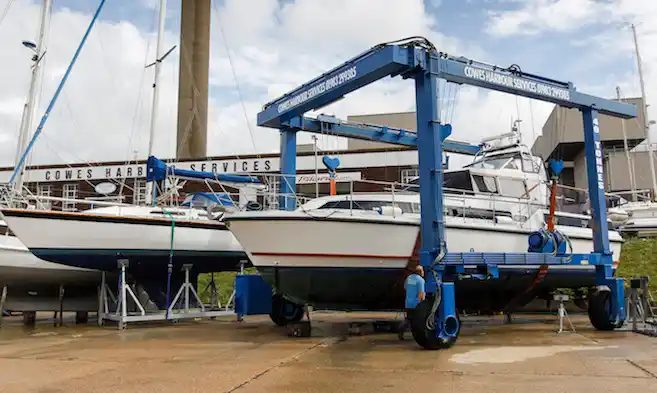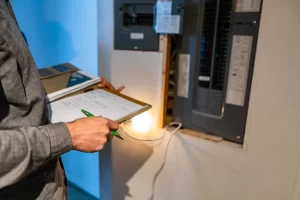You may have experienced the hassle of dealing with a malfunctioning boat lift as a boat owner. It can be frustrating, especially if you don’t know what to do. Boat lifts are complex machines, and if you need to become more familiar with how they work, troubleshooting can be a challenge.
According to a survey by the National Marine Manufacturers Association (NMMA), boat owners cited boat lift problems as one of the top five maintenance issues they face. The survey revealed that 24% of boat owners reported issues with their boat lifts, with the most common problems being electrical issues, malfunctioning motors, and cables. In addition, the survey found that 58% of boat owners perform their maintenance and repairs, while 42% rely on boat lifting services. In this article, we will provide a comprehensive guide on troubleshooting DIY boat lifts for beginners.
Understanding the Basics of a Boat Lift
Before we dive into the troubleshooting process, it’s important to understand how a boat lift works. A boat lift is a device that raises and lowers a boat in and out of the water. It consists of a set of cradles or bunks that support the boat and a hoist system that raises and lowers the cradles. The hoist system is powered by an electric motor that drives a gearbox and winch.

Common Problems and Solutions
Here are some of the most common problems you may encounter with your boat lift and the corresponding solutions:
Problem 1: The Lift Motor is Not Working
If your lift motor is not working, the first thing to check is the power supply. Ensure the lift is properly plugged in and the circuit breaker is not tripped. If the power supply is fine, check the motor connections for any loose or damaged wires.
Problem 2: The Lift is Not Level
A boat lift that is not level can cause damage to your boat. To level the lift, adjust the cables or chains on the cradle or bunk that is higher than the other. You can also adjust the height of the post on the lower side to level the lift.
Problem 3: The Lift is Making Strange Noises
Strange noises from the lift may indicate a problem with the gearbox or winch. Check for any loose or worn-out gears or cables. Lubricate the gears and cables regularly to prevent wear and tear.
Problem 4: The Lift is Moving Slowly
If the lift is moving slowly, check the gearbox and winch for any signs of wear and tear. Lubricate the gears and cables regularly to prevent wear and tear. You can also adjust the motor’s voltage to increase the lift’s speed.
Problem 5: The Lift is Not Lifting the Boat High Enough
If the lift is not lifting the boat high enough, adjust the post height on the lower side of the lift. You can also adjust the cable or chain length to increase the lift height.
Preventive Maintenance
To prevent future problems with your boat lift, it’s important to perform regular maintenance. Here are some tips on how to maintain your boat lift:
- Lubricate the gears and cables regularly to prevent wear and tear
- Inspect the lift cables or chains for any signs of wear and tear
- Clean the cradles or bunks regularly to prevent rust and corrosion
- Check the bolts and nuts for tightness regularly
- Keep the lift covered when not in use to protect it from the elements
Conclusion
In conclusion, troubleshooting a boat lift may seem daunting initially, but it can be easily done with the right knowledge and tools. You can save time and money by understanding the basics of a boat lift and common problems. Remember to perform regular maintenance to prevent future problems. If you encounter any major problems, it’s always best to contact a professional. Thank you for reading this guide on DIY boat lift troubleshooting for beginners. If you need any help with your boat lifts, don’t hesitate to contact Tonka Built.
You may also like to read:
What Is the Most Profitable Technology Company?

